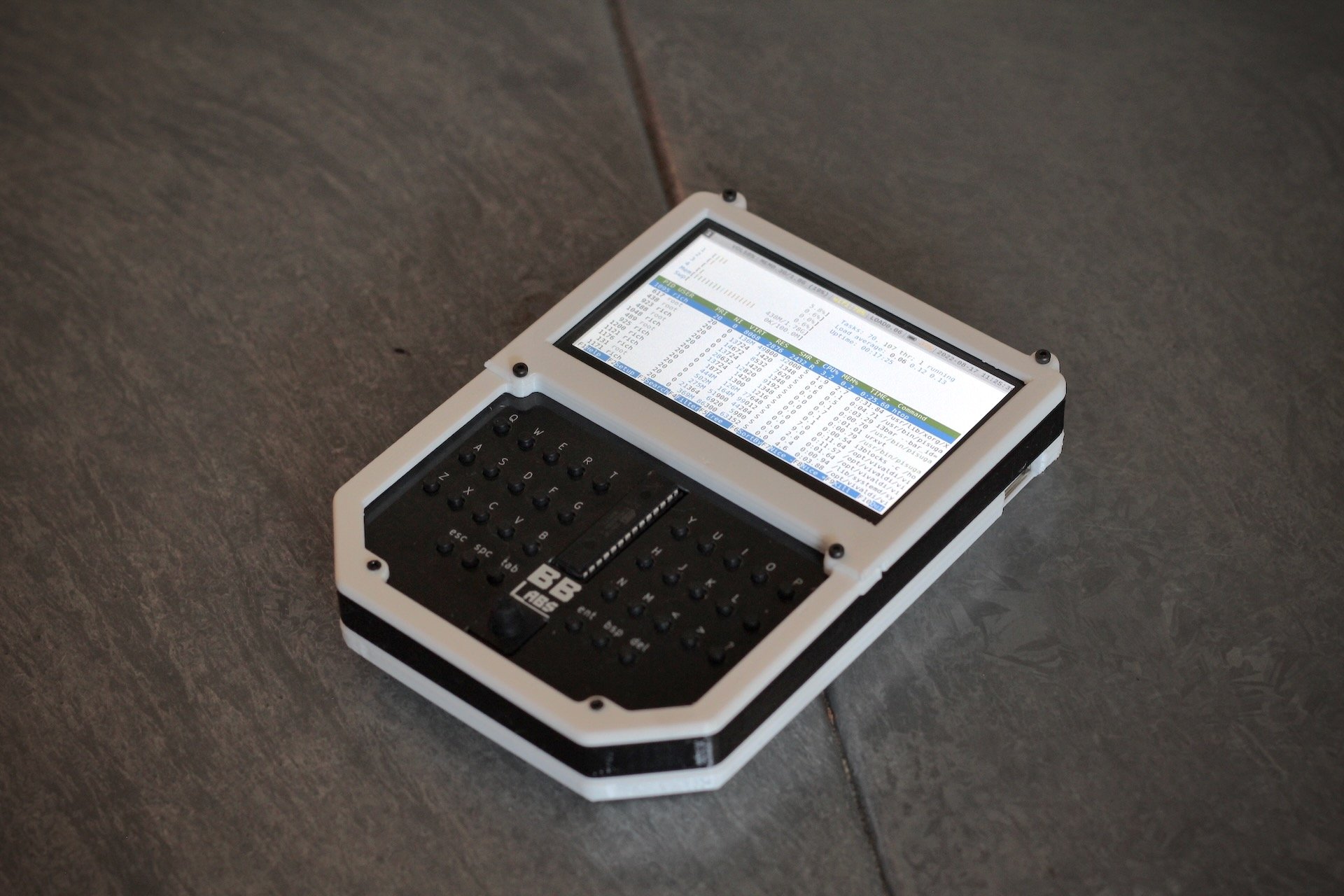The PiFinder Story
Reliable telescope positioning: The Nexus DSC is great, but my scope just isn't built for solid encoder integration. The slop in the way I have to couple the encoders means poor pointing accuracy.
Easy setup: The Nexus DSC needs multi-star alignment to understand how the encoders map to the sky. The process is not terrible, but I'd like to avoid it.
Good push-to functionality: This is one place the Nexus DSC shines... if it's well aligned. The catalog system is okay, and once you select and object the screen is clear and helpful to get the telescope pointed correctly.
Observation logging: I like to keep track of what I see each night. I don't often sketch, just record what I saw when, with what eyepiece and some basic info about the experience. If I could do this right at the eyepiece, that'd save time.
My hope is that other people will find this combination of functionality useful, will build their own PiFinder and help the whole project improve by making suggestions and potentially contributing to the software. It's a pretty easy build with off the shelf parts and beginner friendly soldering.
I'm a visual observer using a 16" f4 dobsonian. The lightweight/low-eyepiece design of my scope is great for transport and use... but it also means there is no great way to add reliable encoders to get solid scope positioning.
After seeing some people succeed building small plate-solving systems for feeding telescope position information to a laptop or tablet... I decided to try to build something similar, but with it's own user-interface rather than relying on a tablet or other device. Thus the PiFinder was born!
The PiFinder is my attempt to improve my time at my telescope. I don't get nearly enough of it and I want to enjoy it as much as possible. So after years of observing with paper charts and, later, encoder based digital setting here is what I felt I was missing:
Brought to you by
BBLabs
We like astronomy, handhelds, gizmos and tinkering. Everything we do is open source so the community can learn from our work, share ideas for improvement, and make it their own!




